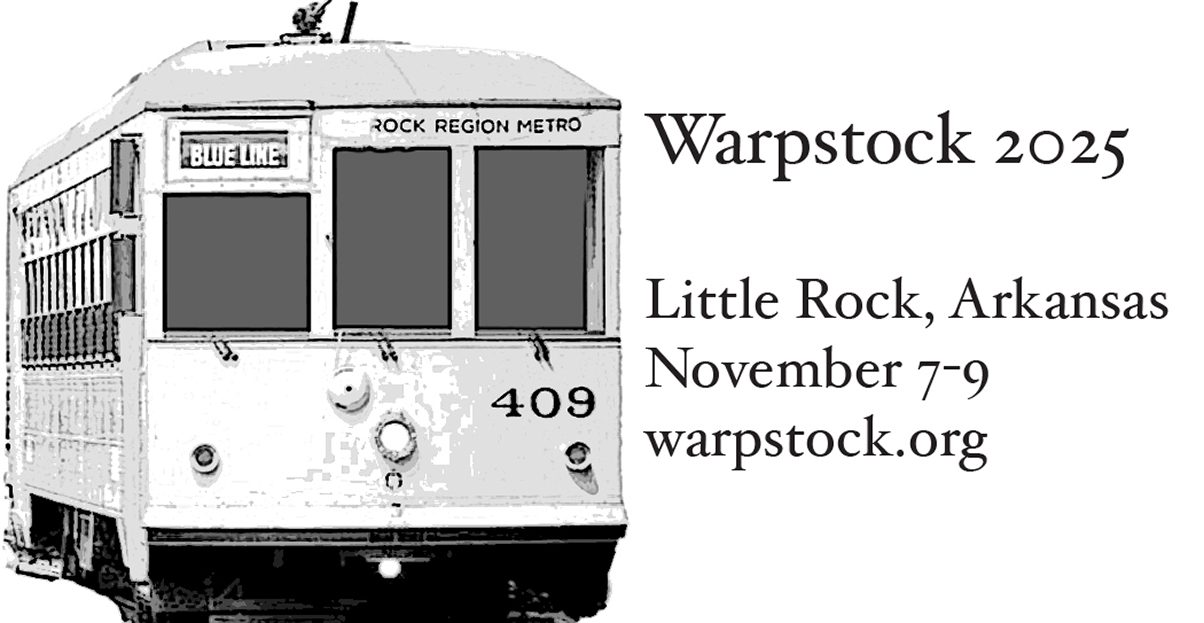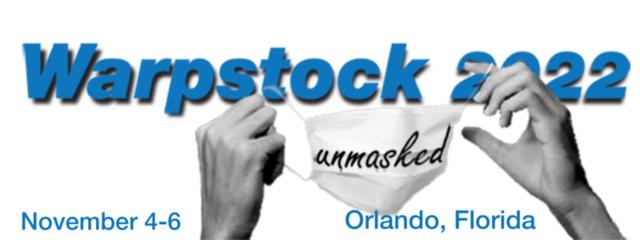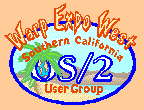SCOUG-HELP Mailing List Archives
Return to [ 24 |
August |
2003 ]
<< Previous Message <<
>> Next Message >>
Content Type: text/plain
=====================================================
If you are responding to someone asking for help who
may not be a member of this list, be sure to use the
REPLY TO ALL feature of your email program.
=====================================================
Butch Langel wrote:
> What would you recommend for partition set-up?
Naturally, this is very dependent on your preferences and computing needs. It looks like you've been getting some good suggestions. To this, I would add a suggestion of sketching out your H/D map on paper first,
whatever it is apt to be. For example:
Boot Mgr. (Primary -- because it *must* be) 10 mb.
C: eCS 1.1 HPFS however-large-it-will-be
etc. etc.
You can revise, erase something, Revise on paper, allowing for future developments and things you overlooked at first, infinitely faster and easier than you can re-do your disk partitions _in progress._
When I have dealt with this, the situation was greatly complicated by the presence of multiple OSes, the need to accomodate previous driver-letter assignments that by then had a considerable program or data
investment behind them, cylinder boundaries that posed problems for the operability of certain OSes, and the fact that real DOS (which I like to have as one of my C drive primaries) can't see out any farther than 8
gigs. (If there was some kind of "extended DOS" that did not suffer from this limitation, I would be interested, but I think it must be something like the DOS that was part of Novell Netware.) This has led me to
a hopscotched, patchwork alphabet of drive-letters that currently go out to U, reserving Z for use by RSJ.
> >Another item I am fuzzy about is the R partition of HPFS which is RAM
> >disk setup in config.sys I am in the dark here. Can you explain,
> >please?
To which Steven replied:
> I don't have much use for a RAM disk myself. I'll let Sheridan explain
> how he uses his.
I'll be curious to hear that also, but I can tell you how I use it: As a large, temporary work surface -- one you don't need to clean up afterwards. A location to temporarily park a collection of files you want
to reference or work on, in one place. A place to alter or experiment on / with *copies of* files (more likely executables, in the case of the latter), without risking messing up the originals. If I routinely did
this on hard drive or removeable media, I'd end up with countless, interim, transitional files -- and many, many versions of them -- that would quickly outstrip any record I had of what they were, or how to
organize them. A great majority of them really are not anything I want or need to save. The Ram Drive temporary workspace is a solution I have used, going way back to the DOS era. The differences are that now it
can be a *much* larger space (RAMFS gives you up to 67 meg.s, but if you are only using, say 4 meg., I think that is all it is taking from available system RAM at the moment), and back then, it was often a risky
high-wire act to do this. If an app. crashed -- and that would usually take DOS down with it -- you'd lose everything then on the Ramdisk. So, yeah, I did get bit more than a few times.
With OS/2, you can still lose all your Ramdisk contents this way, but it is a rare occurrence, comparatively speaking. I say that, even though it happened to me yesterday. The truth is, if I dropped NS 4.61
tomorrow, the incidence of this would probably get close to zero. Nearly all of my infrequent catastrophic lockups have NS 4.61 fingerprints all over them. I hope that Mozilla will prove much less problemmatic,
in this respect. Anyway, if you use a Ramdisk this way, you must of course remind yourself to save any critical work periodically to H/D, floppy, zip-drive, or whatever *tangible* medium seems appropriate. This
discipline has encouraged me to save things more selectively, with better organization and identification of whatever it is.
Jordan
=====================================================
To unsubscribe from this list, send an email message
to "steward@scoug.com". In the body of the message,
put the command "unsubscribe scoug-help".
For problems, contact the list owner at
"rollin@scoug.com".
=====================================================
<< Previous Message <<
>> Next Message >>
Return to [ 24 |
August |
2003 ]
The Southern California OS/2 User Group
P.O. Box 26904
Santa Ana, CA 92799-6904, USA
Copyright 2001 the Southern California OS/2 User Group. ALL RIGHTS
RESERVED.
SCOUG, Warp Expo West, and Warpfest are trademarks of the Southern California OS/2 User Group.
OS/2, Workplace Shell, and IBM are registered trademarks of International
Business Machines Corporation.
All other trademarks remain the property of their respective owners.
|








